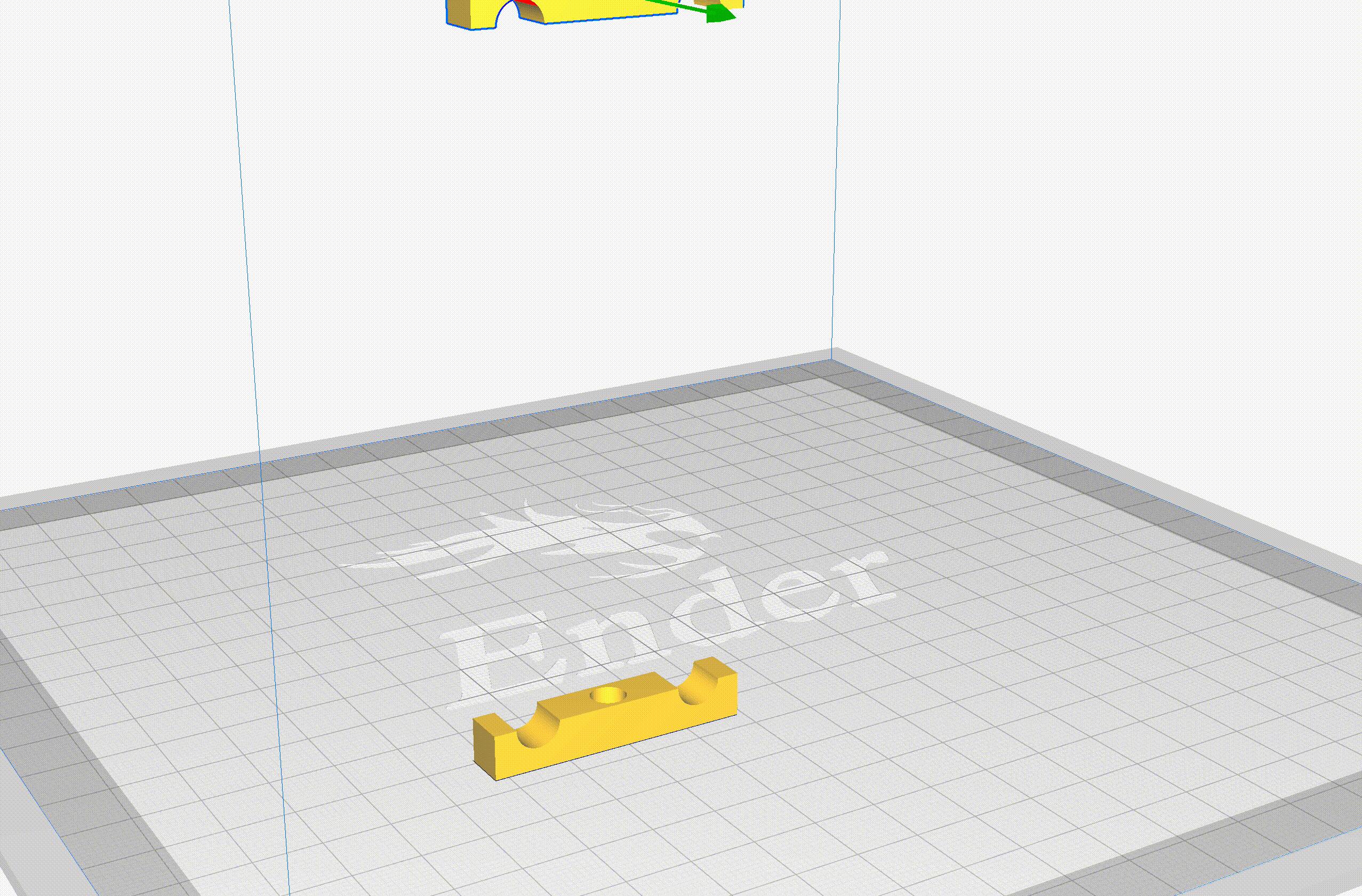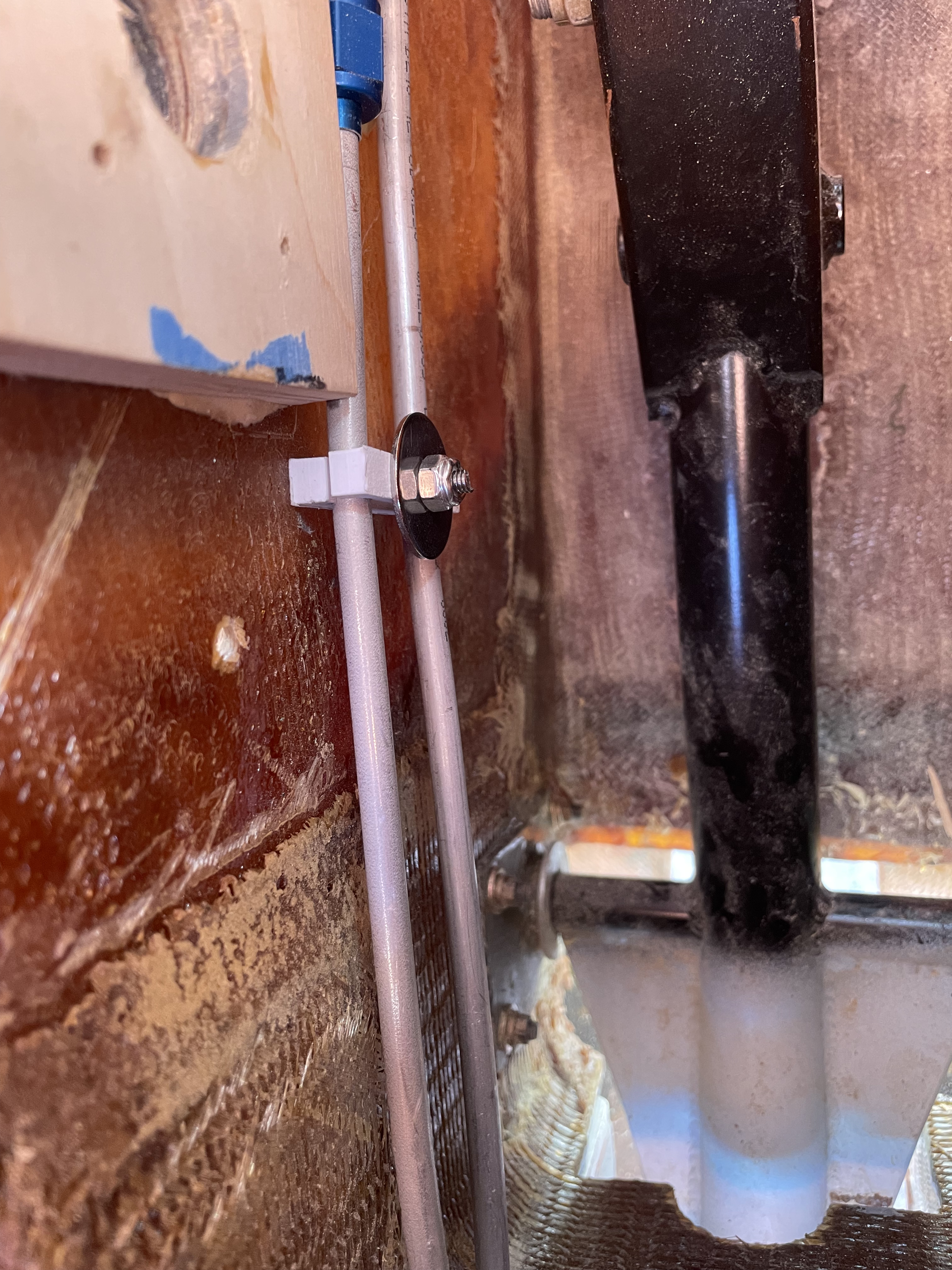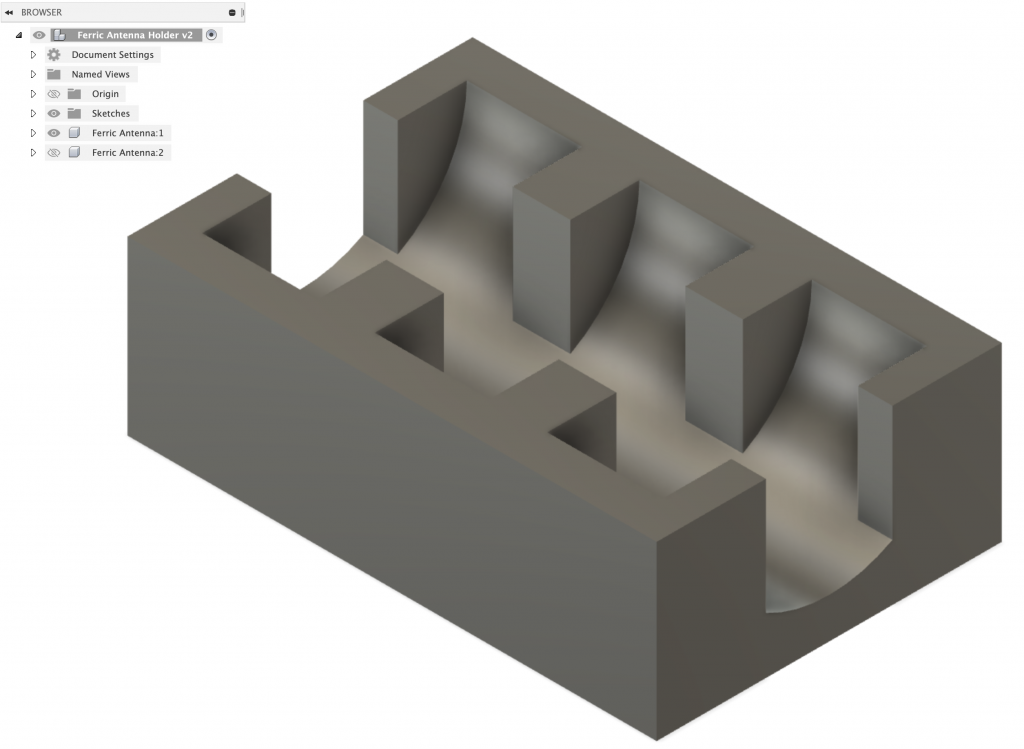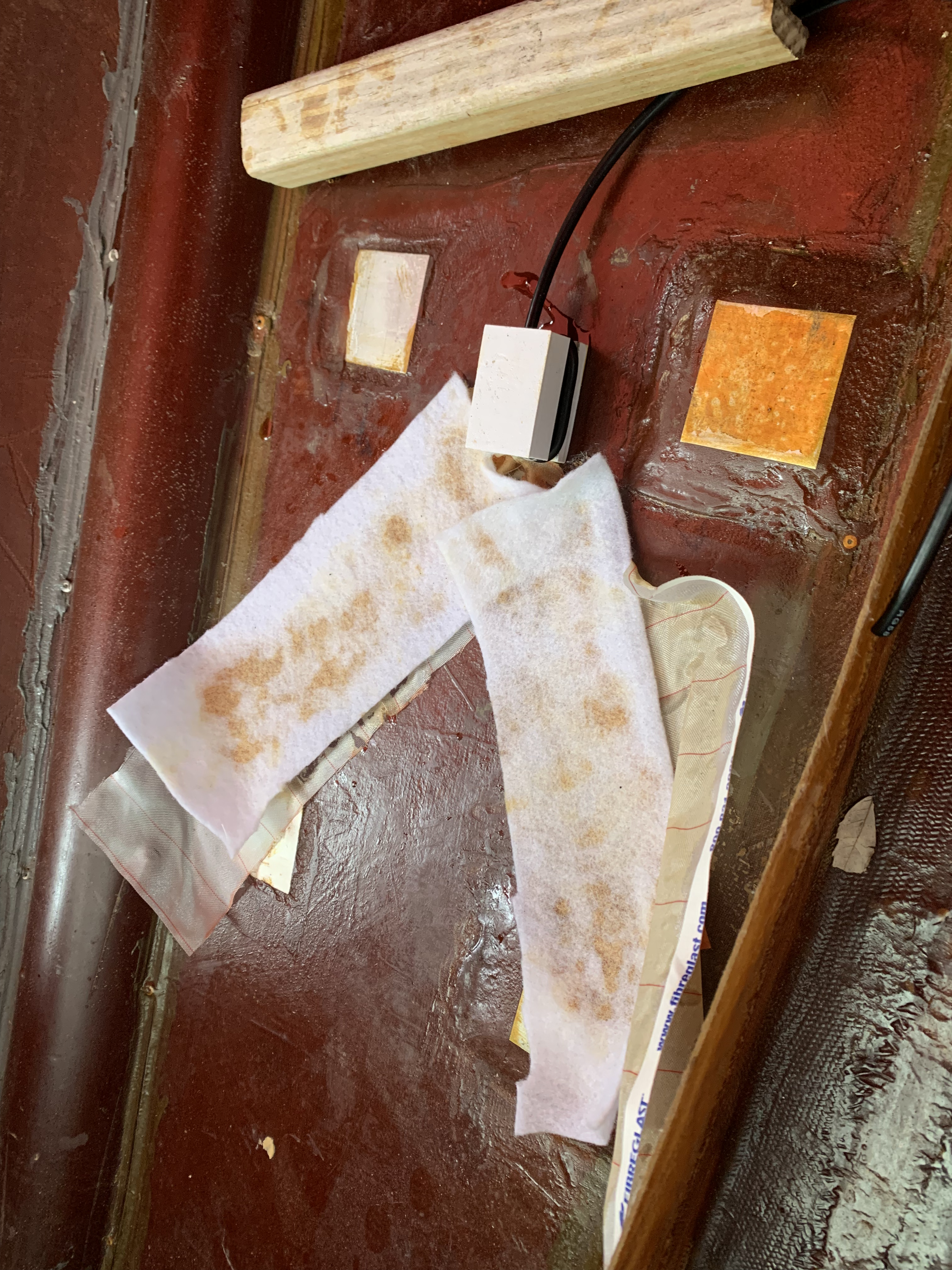During construction I’ve found that the use of 3d printing of parts, tools and components has accelerated the build time and also increased the quality of the end result.
Let me take you through a few parts that I’ve built so far.
Radio Antenna Core Holder
All of the comm, nav and radio antennas used the the project are all fed through 3 ferrite cores that helps reduce the noise on the line. In the assembly manual they recommend that you use heat shrink tubing to secure each core to the line. However this does nothing to secure the cores to the body of the aircraft.
What if something jabs or pulls at the core by accident.
Enter printed component 1, a ferrite core holder that can be attached to wings, fuselages and any flat surface. It’s a two component design with identical top and base that clamshell together.
Here’s the design in CAD:
Here’s final assembly of the radio antenna and part.
Thoughts and conclusions;
The part was intentionally made to be a block rather than rounded surfaces.
I wanted something that could be easily printed with a single component you could reuse without having to print a top and a bottom.
There is enough material, that if you sand and round the top block once you have everything fixed in place.
The flat surface allows you to fix the base to a bulkhead or fuselage and if you wanted to you could glass over the top with minimal work.
You can find a copy of the file here.
Landing Gear Hydraulic Line Holders
Both the aluminum and flexible hose lines for the landing gear always look smarter when they are tidy and can’t move around.
I was lucky enough to get a tour of a Gulfstream jet where they opened some of the panels and I was wow’ed at how neat all the lines and connectors were.
Inspired by what I saw I wanted to replicate the same level of quality in my build.
When it came to installing the hydraulic lines in the aircraft, I knew I wanted to keep everything sharp and neat looking so I measured the diameter of the hoses and printed up a top/bottom design that can hold the lines to prevent movement keep everything looking sharp.
Here’s the design in CAD:
Here is a small clip of the top and bottom mating.

Here’s an example of how the parts look when mated.
Here is the holder being used to secure the aluminum hydraulic lines in the forward bulkhead.

3D Printed Hose Holder
As you can see, it’s a single component you can use for both top and bottom with a hole in the middle for a fastener.
I’m big on multi use designs and hate having to design something that isn’t easy to use and easy to get going with.
Not having to worry about if a part is the top or bottom of a component is a big timer saver.
Thoughts and Conclusions
The ability to keep the lines looking smart but also out of the way of other components means this was a double win. The hoses are secure and if anyone pops the lid to see what’s inside I hope they would be impressed with how neat everything is.
As you can buy 3d filament in almost any color these days, its very easy to match the 3d printed parts to either the primary or secondary color of your aircraft so that all the parts match and that it looks like part of the build.
Overall I’m very enthused with the parts I’ve been able to make for the aircraft and I can’t wait to see what else I can design.
I saw a few peoples projects using 3D printed parts for AC directional vents, which inspired me to see what else could be built with the printer.
If anyone has any parts they would like to see made or have any they want to show me I’d love to see what has been built!

